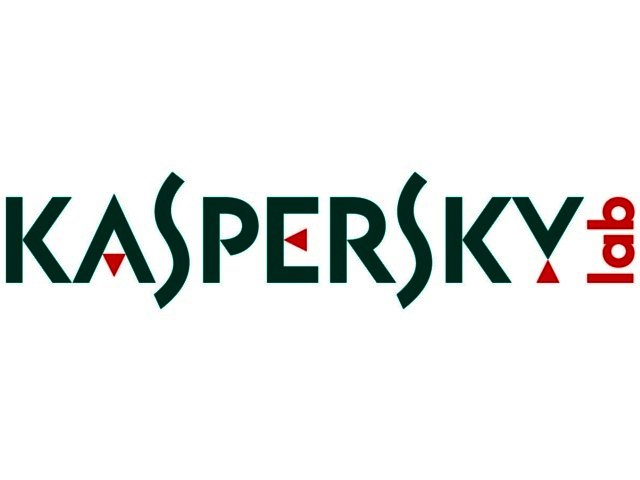PREVIOUS ARTICLENEXT ARTICLE
NEWS

Malicious activity in spam on the rise, says Kaspersky
By Ryan Noik 28 September 2012 | Categories: news
Despite the fact that spam in email traffic has decreased, the percentage of malicious attachments rose last month, revealed Kaspersky Lab.
The company, which recently released its spam report for August, elaborated that spam averaged 70.2% last month – a decrease of 1.6% from July. The bad news is that the preponderance of malicious attachments grew considerably in July, and was found in 4.5% of all email traffic.
While August saw a slight decline in the number of malicious attachments, down to 3.9%, Kaspersky Lab added that thepercentage of fraudulent messages and emails advertising fake designer goods in spam traffic continued to grow.
The company, which recently released its spam report for August, elaborated that spam averaged 70.2% last month – a decrease of 1.6% from July. The bad news is that the preponderance of malicious attachments grew considerably in July, and was found in 4.5% of all email traffic.
While August saw a slight decline in the number of malicious attachments, down to 3.9%, Kaspersky Lab added that thepercentage of fraudulent messages and emails advertising fake designer goods in spam traffic continued to grow.
Tricks, but no treats
According to the report, August was characterised by spammers who distributed emails advertising services offered by other cyber-criminal businesses, in addition to their own self-promotion.
The company reported that one prominent mailing outlined a scheme to make money by using copied bank cards to steal cash. There were also emails offering address databases to distribute spam to different countries, including those like Iran, where spam is seldom seen.
Other tricks employed by spammers, which were highlighted by the report, included a threat to block the user’s bank card, aimed at tricking people into downloading a malicious attachment which allegedly contains the details.
Mass mailings, with notifications of hotel reservations, proved to be a seasonal special. Interestingly enough, August also saw spammers using some fairly abstract techniques to arouse users’ curiosity. These include short emails notifying the user of a received document scan or a message inviting users to check transaction details.
Old tricks also remained in vogue, such as malicious e-cards, reports on undelivered postal packages or fake notifications from Google about receiving a CV from the applicant.
To the point
According to the report, signs of a better business environment have led to a decrease in the number of emails offering dubious money-making schemes. Nonetheless, the company expected further growth in the share of attacks on the banking sector.
“Summer spam is usually much more highly criminalised, with a growing proportion of emails advertising illegal goods and spreading malicious code. At the same time spammers are actively offering their services and the services of other representatives of the cyber-criminal business. Thus, criminal spam activity reached its peak in August,” commented Maria Namestnikova, senior spam analyst at Kaspersky Lab.
The good news is that the company expected September to be ‘calmer’ from a spam perspective.
In recent news, Kaspersky Lab questioned the effectiveness of free internet security solutions, and argued why users should invest in commercially available internet security software instead.
USER COMMENTS
Most Read Articles
Read

Magazine Online
TechSmart.co.za is South Africa's leading magazine for tech product reviews, tech news, videos, tech specs and gadgets.
Start reading now >
Download latest issue
Have Your Say
What new tech or developments are you most anticipating this year?
New smartphone announcements (44 votes)
Technological breakthroughs (29 votes)
Launch of new consoles, or notebooks (14 votes)
Innovative Artificial Intelligence solutions (29 votes)
Biotechnology or medical advancements (24 votes)
Better business applications (160 votes)



